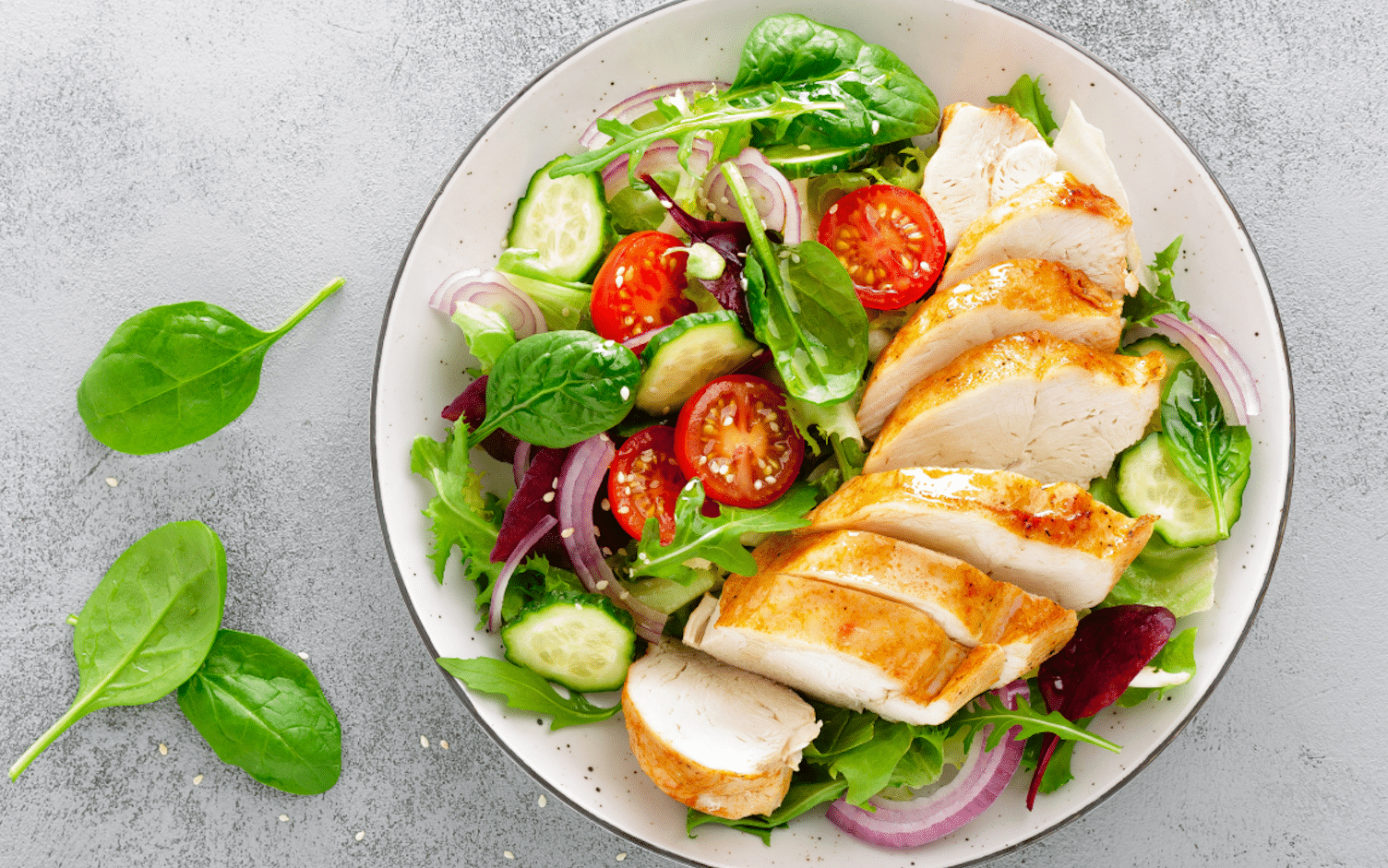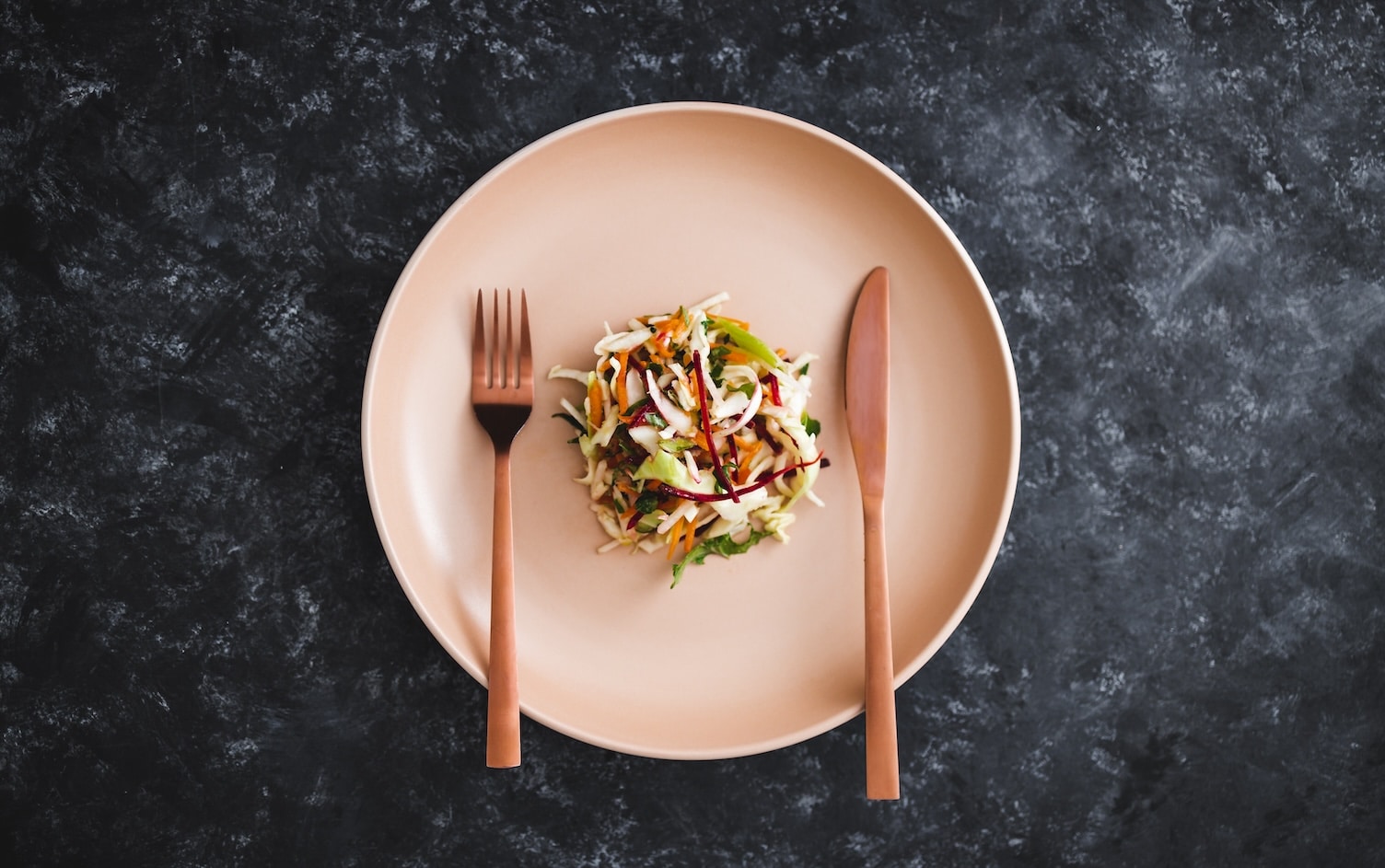The almond is no ordinary nut. And thanks to its flavor, nutritional power, and culinary flexibility, appreciation for almonds may be at an all-time high.
Once confined to hors d’oeuvre trays and trail mixes, almonds are now available in many forms, including almond flour, butter, and milk. The result? An array of delectable edibles brimming with health benefits.
Due to California’s drought, almonds are currently a bit pricey. So we’ve come up with a variety of recipes that use almonds judiciously and won’t break the bank.
Get Your Almonds
Nuts: When possible, choose whole almonds over chopped or sliced (more exposed surface area makes for a shorter shelf life). For a deep, nutty flavor, try roasting raw nuts alone or with some olive oil and herbs.
Flour: Also called almond meal, almond flour is ground from whole almonds. Traditionally used in baked goods, it is also perfect for thickening savory sauces or as a substitute for bread crumbs.
Butter: A creamy paste made from ground nuts, almond butter can be used just like peanut butter. You can grind your own at many natural-food markets or purchase convenient no-stir versions at most stores.
Oil: When pressed, almonds make a smooth, vitamin-rich oil that’s as good for moisturizing your skin as it is for high-heat cooking — its smoke point is 420 degrees F.
Milk: Made from finely ground almonds and water, almond milk has a mild taste and a creamy texture, making it a nice substitute for cow’s milk. Looking to avoid the additives in commercial almond milk? Try making your own at home. (For a recipe, see below).
Cheese: Almonds make a slightly grainy, clean-tasting cheese that’s similar to ricotta. When fermented, almond cheese has a tangy flavor akin to feta.
Nutritional Know-How
- Thanks to their rich stores of magnesium and vitamins B and E, almonds are strong immune-system boosters.
- Like avocados and extra-virgin olive oil, almonds are an abundant source of mono-unsaturated fat.
- The phytonutrients in almond skins double the antioxidant power of the vitamin E in the meat of the nut.
- Like all nuts and seeds, almonds contain phytic acids, which can limit your body’s ability to digest proteins and break down starch into sugar. Since most of the phytic acid is found in the skin of almonds, some experts recommend removing the skins if you are having digestive difficulties (although remember that you’ll be removing key phytonutrients as well).
- Almonds naturally have enzyme inhibitors that can strain your digestive system. Soaking almonds in water for at least 18 hours decreases these enzyme inhibitors, making the nuts easier to digest and encouraging the production of other beneficial enzymes that help with nutrient absorption. The Weston A. Price Foundation recommends purchasing nut butters and flours made only from nuts that have been soaked.
Ready to cook with almonds? Check out these out-of-the-ordinary recipes that won’t cost a bundle to make.
Photo courtesy of Experience Life.




